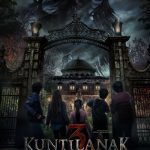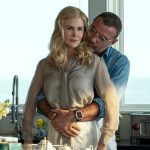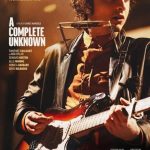🎬 Fashion in Films: The Iconic Costumes of Wonder Woman (2017)
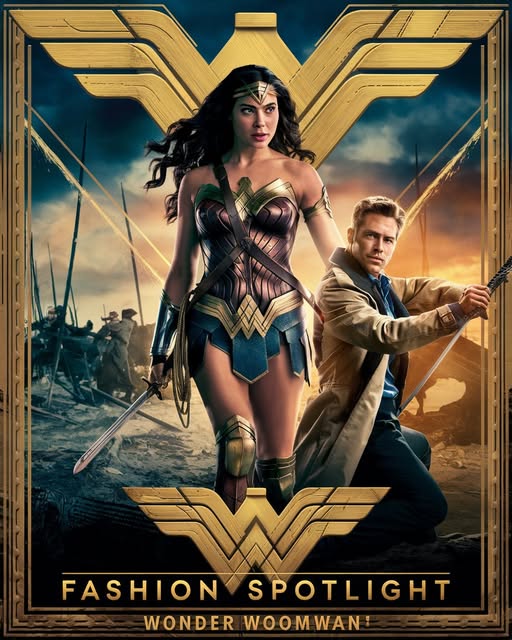
Related Movies:
⭐️ Rating: 8.8/10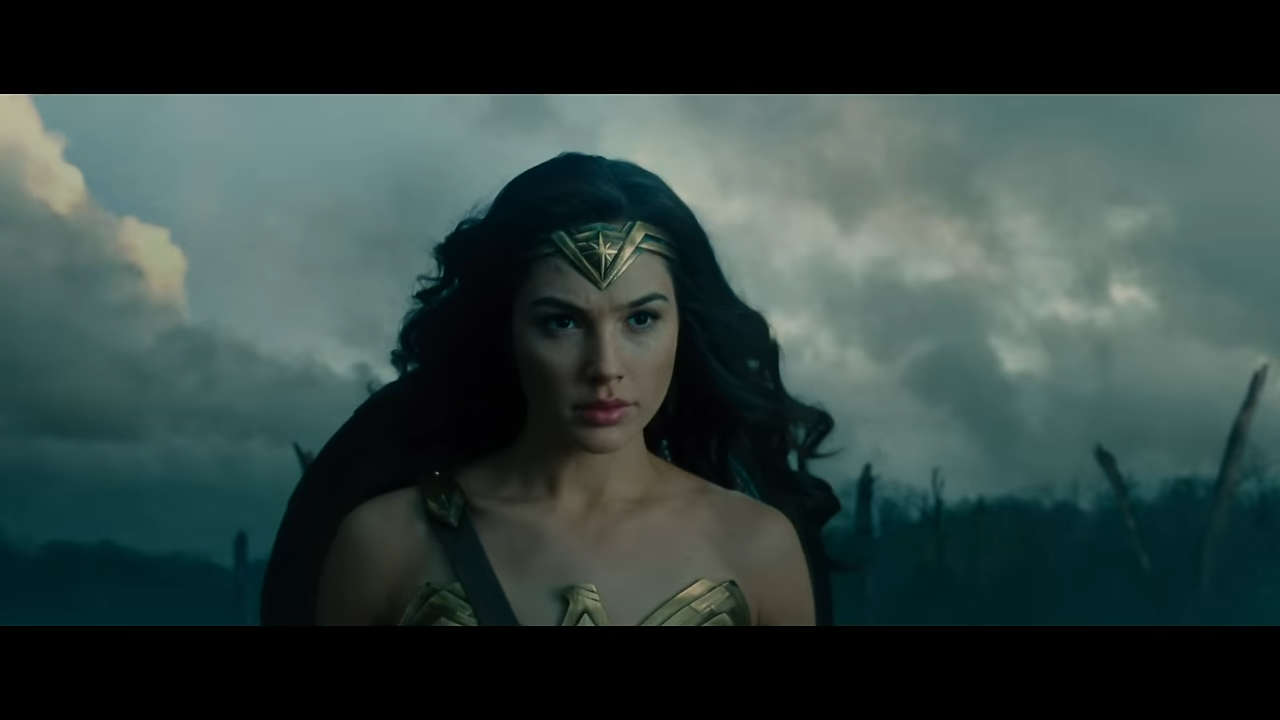
Wonder Woman (2017), directed by Patty Jenkins and starring Gal Gadot, not only redefined superhero storytelling through a female lens, but also brought a significant visual contribution to fashion in cinema. From the mythical Amazonian armor to the World War I-era trench coats, the film seamlessly weaves costume design into its narrative, transforming clothing into a storytelling force. The fashion of Wonder Woman goes beyond aesthetics—it reflects identity, power, and transformation.
The Power of Costume Design in Superhero Cinema
Costume design in superhero films has always played a crucial role in conveying the characters’ essence. In Wonder Woman, costume designer Lindy Hemming—an Oscar-winning legend behind Topsy-Turvy and Christopher Nolan’s The Dark Knight trilogy—crafted a look that combined classical warrior motifs with modern design sensibilities. Her goal was to make Wonder Woman’s attire believable in both the mythological world of Themyscira and the harsh trenches of Europe.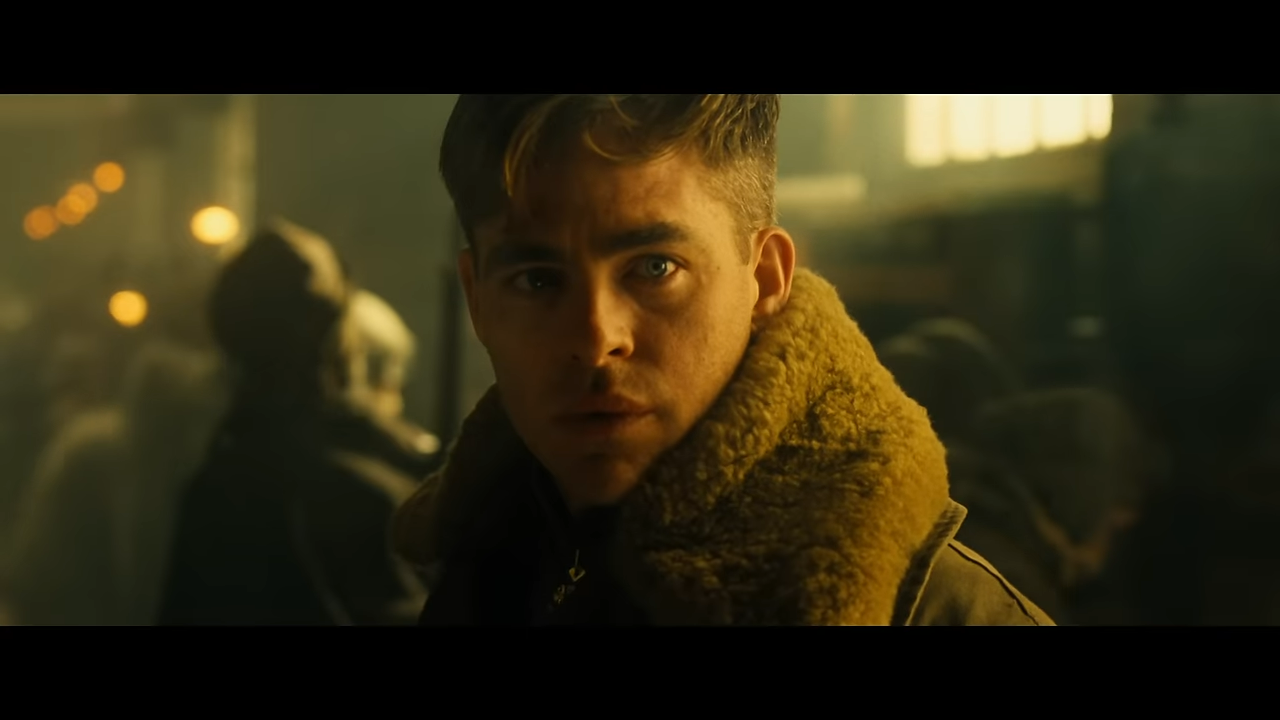
Gal Gadot as Diana Prince: Fashion and Feminine Power
Gal Gadot’s portrayal of Diana Prince is both fierce and graceful, and her costume becomes an extension of that duality. The armor is both elegant and functional. It features a bronze-red corset with an eagle motif, a blue gladiator-style skirt, a golden lasso holster, and leather boots designed for combat. Her tiara and indestructible bracelets—known as the Bracelets of Submission—are steeped in comic book lore and cinematic elegance.
Hemming’s design elevates the character’s mythos by ensuring Diana looks like a warrior goddess, not merely a fashion icon. Her costume balances the aesthetic of femininity and the necessity of utility. The materials—leather, metal, and distressed fabric—suggest a lived-in realism that mirrors Diana’s readiness for battle and her royal heritage.
Amazonian Armor: A Collective Identity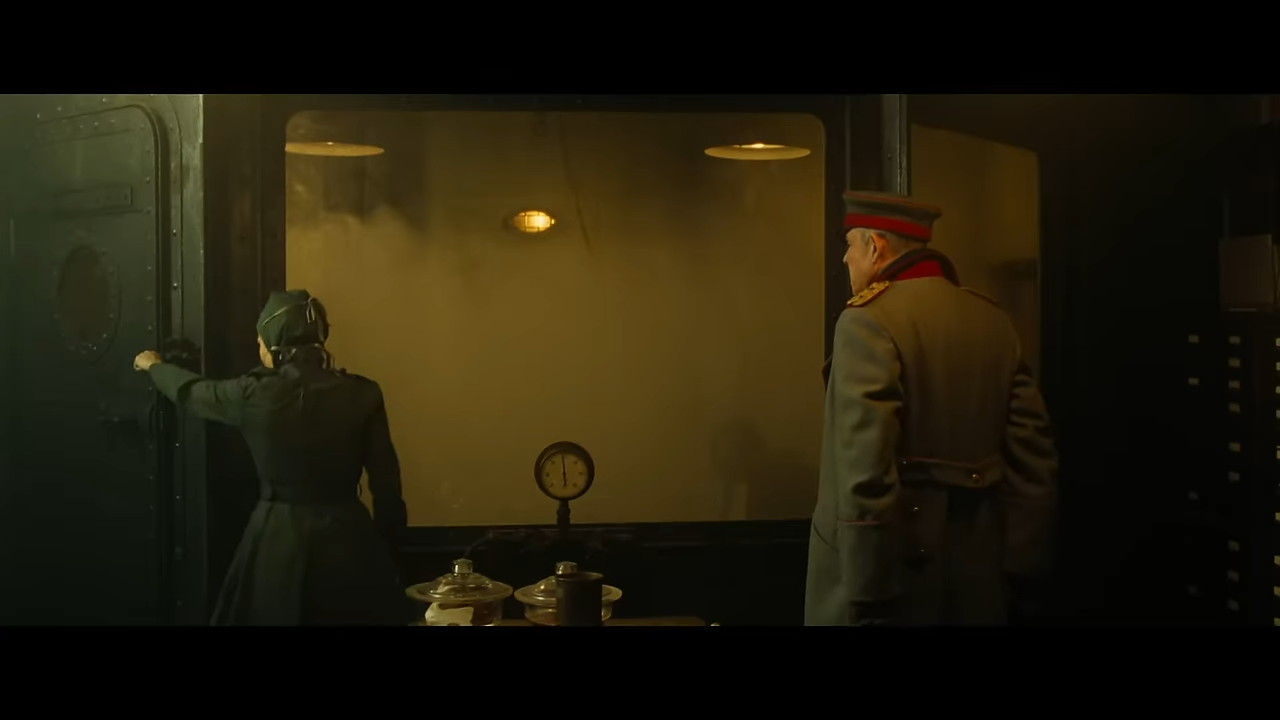
In Themyscira, the island of the Amazons, every female warrior wears uniquely designed armor reflecting their combat role and individuality. Robin Wright’s Antiope, for example, dons darker-toned armor to signify her battle-worn experience. The use of metallics, intricate engraving, and battle-weathered finishes highlight the authenticity of the Amazonian culture.
Unlike many fantasy films where female warriors are objectified, Wonder Woman presents women as empowered beings. Their costumes protect, not sexualize. This commitment to realistic armor and physical movement was praised by critics and fans alike, elevating the Amazons from comic book fantasy to cinematic icons of strength.
The Contrast of Two Worlds: Themyscira vs. Europe
A powerful contrast lies in the visual shift between Themyscira’s sun-soaked paradise and the grey, rain-soaked trenches of Europe. Costume design plays a key role here. As Diana transitions from a mystical island to war-ravaged reality, so does her wardrobe.
In London, Diana wears a dark blue Edwardian suit and glasses, a disguise encouraged by Steve Trevor (played by Chris Pine). This costume is both a nod to the classic comic series and a subtle commentary on gender norms of the time. Diana’s awkwardness in human clothes—questioning the impracticality of women’s fashion—is a humorous and thoughtful reflection on the restrictions placed on women during that era.
Chris Pine’s costumes also contribute to the film’s authentic tone. His trench coats, wool uniforms, and leather boots mirror early 20th-century fashion and add a grounded layer of realism to the fantastical plot.
Battle in Style: Function Meets Cinematic Flair
The final battle sequences showcase the costume’s full range of motion and its ability to support stunt work. Gadot, who trained extensively for the role, needed armor that would allow her to perform fight choreography without sacrificing visual impact. The armor’s layered leather and metallic construction were designed to withstand action while looking regal on camera.
Close-up shots reveal the armor’s detailed engraving, reflective surfaces, and organic aging—details that reinforce the timeless nature of Wonder Woman’s origin. Cinematographer Matthew Jensen’s use of light and slow-motion captures these features brilliantly, turning every battle scene into a visual feast.
Color Symbolism and Cinematic Impact
The red, blue, and gold palette of Diana’s costume symbolizes strength, unity, and justice—echoing her values and the patriotic themes embedded in superhero lore. While the tones are muted to fit the film’s more serious tone, they still shine through in key emotional moments.
The muted color grade of the film contrasts well with her armor, making her the emotional and visual center of the action. In a sea of smoke and gray, Wonder Woman literally shines—emphasizing her role as a beacon of hope.
Costume as Character Development
What makes Wonder Woman stand out among superhero films is how the costume itself evolves with the character. Diana begins the film as a sheltered Amazonian princess, unaware of the world’s cruelty. As she steps into the war-torn world, her costume becomes not just protection, but a symbol of responsibility and purpose.
By the time Diana strides across No Man’s Land—a now-iconic cinematic moment—her full armor gleams in defiance of the odds. It’s not just fashion; it’s a statement of intent.
Cultural Legacy and Real-World Impact
Gal Gadot’s Wonder Woman costume became a cultural phenomenon, sparking Halloween trends, cosplay inspirations, and feminist discourse. The character’s attire struck a chord with global audiences, especially young girls who saw in Diana a fearless role model. The costume, in many ways, transcended the screen and became a symbol of modern-day empowerment.
Final Thoughts: A Masterclass in Superhero Fashion
In Wonder Woman (2017), fashion is far more than a stylistic choice—it’s an integral part of the storytelling. From the lush Amazonian designs to the gritty wartime coats, every piece of clothing tells a story. The armor is majestic yet practical, feminine yet fierce. It’s a rare example of costume design enhancing a film’s emotional core while also serving its action needs.
Patty Jenkins’s direction, Gal Gadot’s performance, and Lindy Hemming’s vision for fashion make Wonder Woman one of the most visually memorable superhero films of all time. The film’s costumes do not merely complement the plot—they elevate it, immortalizing Diana Prince as a fashion icon and a cinematic legend.

